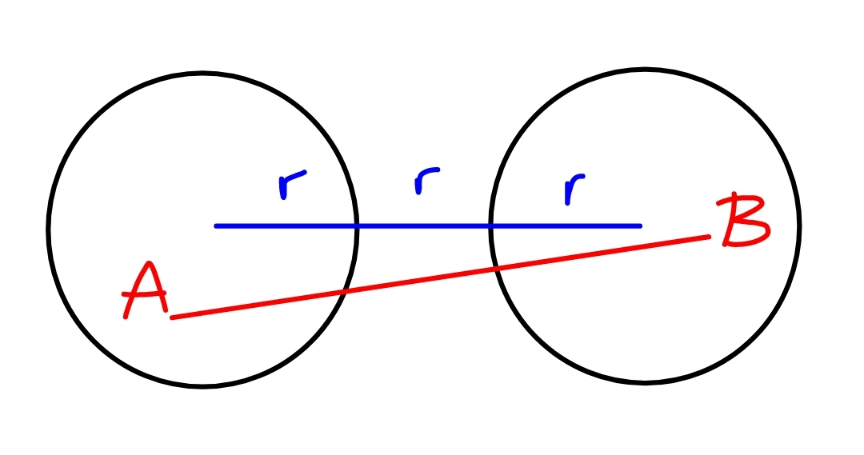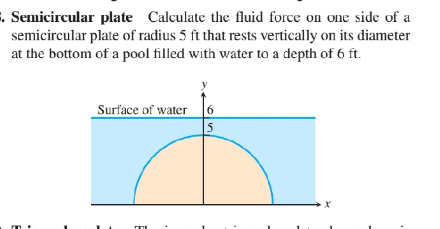
AllQuestion and Answers: Page 389
Question Number 182429 Answers: 0 Comments: 1

Question Number 182461 Answers: 2 Comments: 0
Question Number 182459 Answers: 0 Comments: 21

Question Number 182457 Answers: 0 Comments: 0
Question Number 182456 Answers: 0 Comments: 1

Question Number 182423 Answers: 4 Comments: 0

Question Number 182407 Answers: 1 Comments: 0

Question Number 182404 Answers: 0 Comments: 0

Question Number 182405 Answers: 1 Comments: 1
Question Number 182394 Answers: 1 Comments: 1

Question Number 182392 Answers: 2 Comments: 1

Question Number 182390 Answers: 0 Comments: 0

Question Number 182379 Answers: 2 Comments: 1
Question Number 182370 Answers: 0 Comments: 1
$${How}\:{to}\:{find}\:{kenetic}\:{energy}\:{of}\:{one}\:{mol}\:{Helium}\:{gas}? \\ $$
Question Number 182369 Answers: 1 Comments: 2
Question Number 182368 Answers: 1 Comments: 0
Question Number 182367 Answers: 1 Comments: 0
Question Number 182360 Answers: 1 Comments: 5
Question Number 182348 Answers: 1 Comments: 0
Question Number 182347 Answers: 1 Comments: 0
Question Number 182346 Answers: 1 Comments: 1

Question Number 182336 Answers: 1 Comments: 0

Question Number 182332 Answers: 2 Comments: 0
Question Number 182331 Answers: 1 Comments: 0
Question Number 182315 Answers: 0 Comments: 1

Question Number 182311 Answers: 2 Comments: 5

Pg 384 Pg 385 Pg 386 Pg 387 Pg 388 Pg 389 Pg 390 Pg 391 Pg 392 Pg 393
